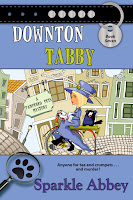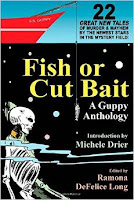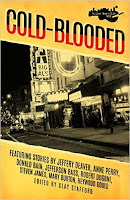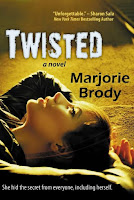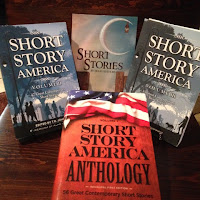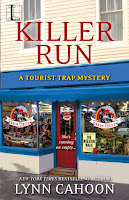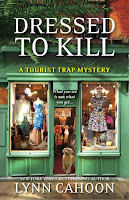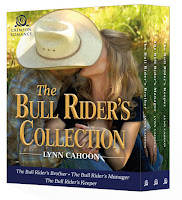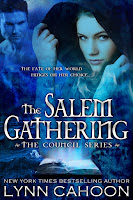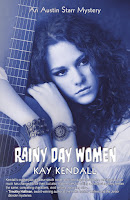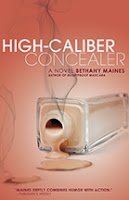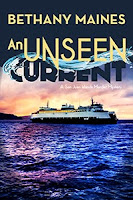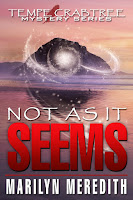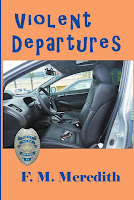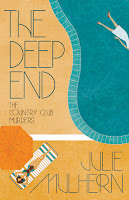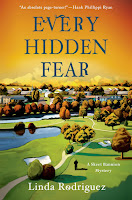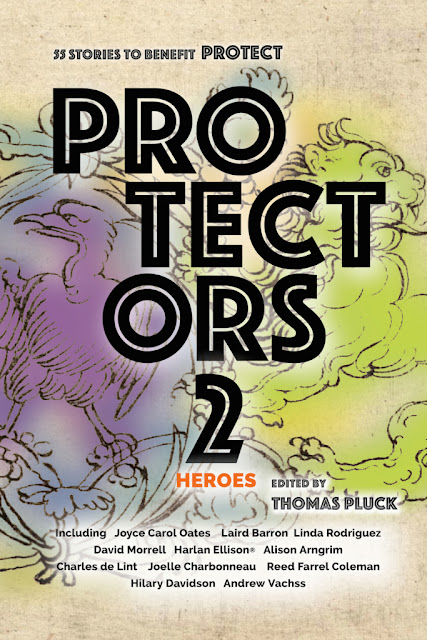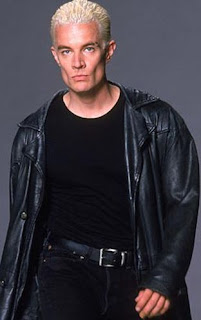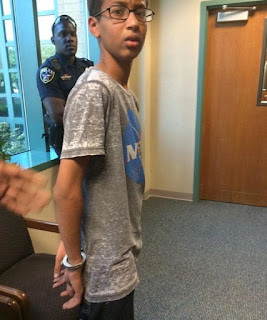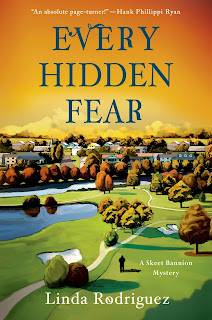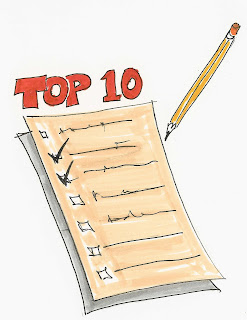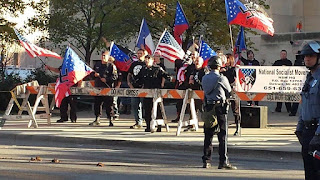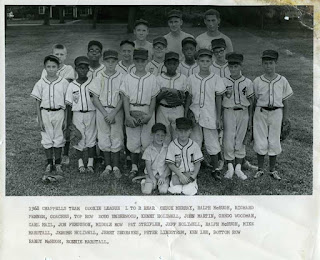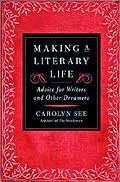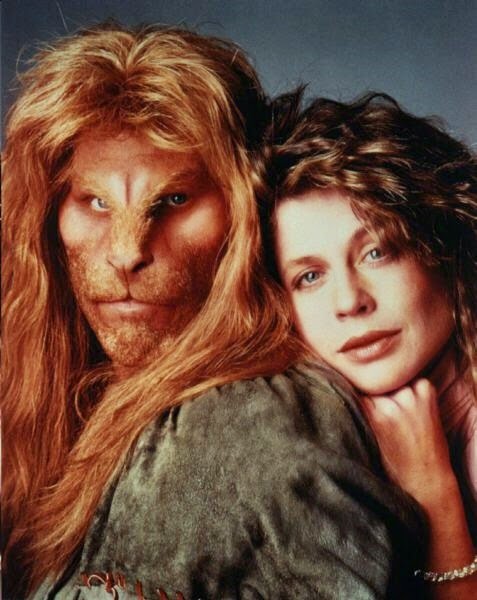Stiletto Gang Black Friday Gift Guide
by The Stiletto Gang
Want to avoid the crowds, but still get a little shopping done? Sit back, peruse this list of 2015 Stiletto Gang Releases, and order the gift of the written word from the comfort of your own couch.
Sparkle Abbey
Downton Tabby (The Pampered Pets Series)
Amazon 5 Star Review: How would you like to find a dead body in a swimming pool, have two friends disappear, be followed by a black SUV and have your ex try to take away your clients? That’s what Laguna Beach’s animal therapist and sometime sleuth, Caro Lamont, faces in another page turning, suspense filled, and occasional humorous adventure as she tries to find a killer, disappearances of two friends, and dealing with a scurvy ex.
Need a treat today? Of course you do! Grab some snacks, your fav drink, and settle down in a comfy place and relish this latest mystery that’s pet friendly too!
Paula Gail Benson
Let It Snow: The Best of Bethlehem Writers Roundtable, Winter 2015 Collection
Discover tales, all as different as snowflakes, in “Let it Snow: The Best of Bethlehem Writers Roundtable Winter 2015 Collection.” The multiple award winning Bethlehem Writers Group, LLC brings you stories in a range of genres selected from their bi-monthly Writers Roundtable Journal. So, while the weather outside is frightful, curl up by the fire, read, and Let It Snow.
Fish or Cut Bait: A Guppy Anthology
Fish or Cut Bait, the latest installment in the Guppy Anthology Series, presents a collection of mystery stories by rising stars of the mystery and suspense field. Tales of revenge and retribution…police detectives…cozy characters…hardboiled P.I.s…there’s something here for every fan of crime and detection!
Killer Nashville Noir: Cold Blooded
Bestselling authors Jeffery Deaver and Anne Perry join rising stars like Dana Chamblee Carpenter and Paula Gail Benson in a collection that proves Music City is a deadly place to be when your song gets called.
Marjorie Brody
Twisted, a novel of psychological suspense
Amazon or Barnes & Noble
A gang assault at a high school dance forces a young teen to confront the secret she hid from everyone, including herself.
“6 Stars Out of 5!” TWISTED, a multi-award winning psychological suspense, addresses sensitive issues in a stay-up-late, page-turning way.
“Brutally honest,” yet “tasteful,” and “hopeful.” NYT Bestseller Sharon Sala declares TWISTED “Unforgettable.”
Anthologies, featuring Marjorie Brody
Short Story America Anthology, Vol. I, II, III, and IV
Short Stories by Texas Authors, Vol. I
Lynn Cahoon
Killer Run (A Tourist Trap Mystery)
Jill Gardner—owner of Coffee, Books, and More—has somehow been talked into sponsoring a 5k race along the beautiful California coast. The race is a fundraiser for the local preservation society—but not everyone is feeling so charitable…
The day of the race, everyone hits the ground running…until a local business owner stumbles over a very stationary body. The deceased is the vicious wife of the husband-and-wife team hired to promote the event—and the husband turns to Jill for help in clearing his name. But did he do it? Jill will have to be very careful, because this killer is ready to put her out of the running…forever!
Dressed to Kill (A Tourist Trap Mystery)
Jill Gardner—owner of Coffee, Books, and More in the tucked-away town of South Cove, California—is not particularly thrilled to be portraying a twenties flapper for the dinner theater murder mystery. Though it is for charity…
Of course everyone is expecting a “dead” body at the dress rehearsal…but this one isn’t acting! It turns out the main suspect is the late actor’s conniving girlfriend Sherry…who also happens to be the ex-wife of Jill’s main squeeze. Sherry is definitely a master manipulator…but is she a killer? Jill may discover the truth only when the curtain comes up on the final act…and by then, it may be far too late.
The Bull Riders’s Collection
Saddle up and get ready to ride with three of the sexiest cowboys in spurs. These heroes aren’t afraid of danger or a challenge, and neither are the sassy, smart women in their world. Slip on your boots and get ready to crown these men champions of the heart with The Bull Rider’s Brother, The Bull Rider’s Manager, and The Bull Rider’s Keeper
The Salem Gathering (The Council Series)
A babe in jeopardy, a coven on the loose, and only one witch hunter team can save them.
Parris McCall knows her best friend’s life in in danger, but when Parris gets orders from The Council to track down Coven X, she has no choice but to follow orders.
Ty Wallace knows there’s more to The Council’s directive than meets the eye. Can he figure out what’s not being said before he loses Parris to her distant relatives or worse, forever?
Kay Kendall
Rainy Day Women
“5 Stars! Kendall delivers a spectacular mystery. The protagonist, Austin Starr, balances being a wife, a mother and an investigator with great skill. This is definitely a coming of age story, for women and for our country. A revolution occurred during the sixties, changing the roles for women, politics and war. She shows it all.
Bethany Maines
High-Caliber Concealer (A Carrie Mae Mystery)
All Carrie Mae’s top covert agent, Nikki Lanier, wants is a quiet vacation on her grandmother’s farm. But her visit is complicated by dangerous drug smugglers, the childhood sweetheart who broke her heart, and the sudden arrival of not only her mother (who is obviously hiding something) and her teammates, but also her current boyfriend – CIA Agent Z’ev Coralles. Now Nikki must choose between doing what’s right and revealing what she really does for a living, if she wants to keep all of them alive. Nikki may be a High-Caliber Concealer, but this time it might not be enough.
An Unseen Current
When Seattle native Tish Yearly finds herself fired and evicted all in one afternoon, she knows she’s in deep water. Unemployed and desperate, the 26 year old ex-actress heads for the home of her cantankerous ex-CIA agent grandfather, Tobias Yearly, in the San Juan Islands. But soon. Tish is thrown head-long into a mystery that pits her against a handsome but straight-laced Sheriff’s Deputy, a group of eccentric and clannish local residents, and a killer who knows the island far better than she does. Now Tish must swim against the current, depending on her nearly forgotten acting skills and her grandfather’s spy craft, to con a killer and keep them alive.
Marilyn Meredith / F.M. Meredith
Not as It Seems
Tempe and Hutch travel to Morro Bay for son Blair’s wedding, but when the maid-of-honor disappears, Tempe tries to find her. The search is complicated by ghosts and Native spirits.
Violent Departures
College student, Veronica Randall, disappears from her car in her own driveway, everyone in the Rocky Bluff P.D. is looking for her. Detective Milligan and family move into a house that may be haunted. Officer Butler is assigned to train a new hire and faces several major challenges.
Julie Mulhern
The Deep End
Swimming into the lifeless body of her husband’s mistress tends to ruin a woman’s day, but becoming a murder suspect can ruin her whole life.
It’s 1974 and Ellison Russell’s life revolves around her daughter and her art. She’s long since stopped caring about her cheating husband, Henry, and the women with whom he entertains himself. That is, until she becomes a suspect in Madeline Harper’s death. The murder forces Ellison to confront her husband’s proclivities and his crimes—kinky sex, petty cruelties and blackmail.
As the body count approaches par on the seventh hole, Ellison knows she has to catch a killer. But with an interfering mother, an adoring father, a teenage daughter, and a cadre of well-meaning friends demanding her attention, can Ellison find the killer before he finds her?
Guaranteed to Bleed
With his dying breath, Bobby Lowell begs Ellison Russell, “Tell her I love her.”
Unable to refuse, Ellison struggles to find the girl the murdered boy loved. Too bad an epically bad blind date, a vindictive graffiti artist, and multiple trips to the emergency room keep getting in the way. Worse, a killer has Ellison in his sights, her newly rebellious daughter is missing, and there’s yet another body in her hostas. Mother won’t be pleased. Now Ellison must track down not one but two runaway teenagers, keep her promise to Bobby, and elude the killer—all before her next charity gala committee meeting.
Cathy Perkins
CPA Holly Price juggles dodgy clients, flakey parent, ex-lovers and a murdered friend before she gets to the bottom line in this fast and fun read. ~ Patricia Smiley, bestselling author of Cool Cache
When Holly Price trips over a friend’s dead body, her life takes a nosedive into a world of intrigue and danger. With an infinitely sexy cop—Holly’s pissed-off, jilted ex-fiancé—threatening to arrest her for the murder, the intrepid accountant must protect her future, her business…and her heart…by using her investigative skills to follow the money, before the killer decides CPA stands for Certified Pain in the Ass…and the next dead body is Holly’s.
Linda Rodriguez
Every Hidden Fear
“This suspenseful and sensitive tale of small town secrets is captivating from page one. An absolute page-turner!” – Hank Phillippi Ryan, Agatha, Anthony and Mary Higgins Clark award winning author
“Engrossing” – Library Journal
“A peaceful college town goes berserk in Rodriguez’s solid third Skeet Bannion mystery.”– Publisher’s Weekly
“Cherokee heritage and the often very painful legacy of secrets have long been hallmarks of this excellent series. … Every Hidden Fear is another very good read from an award winning author and a book well worth your time.” – Kevin’s Corner: Book Reviews and More

